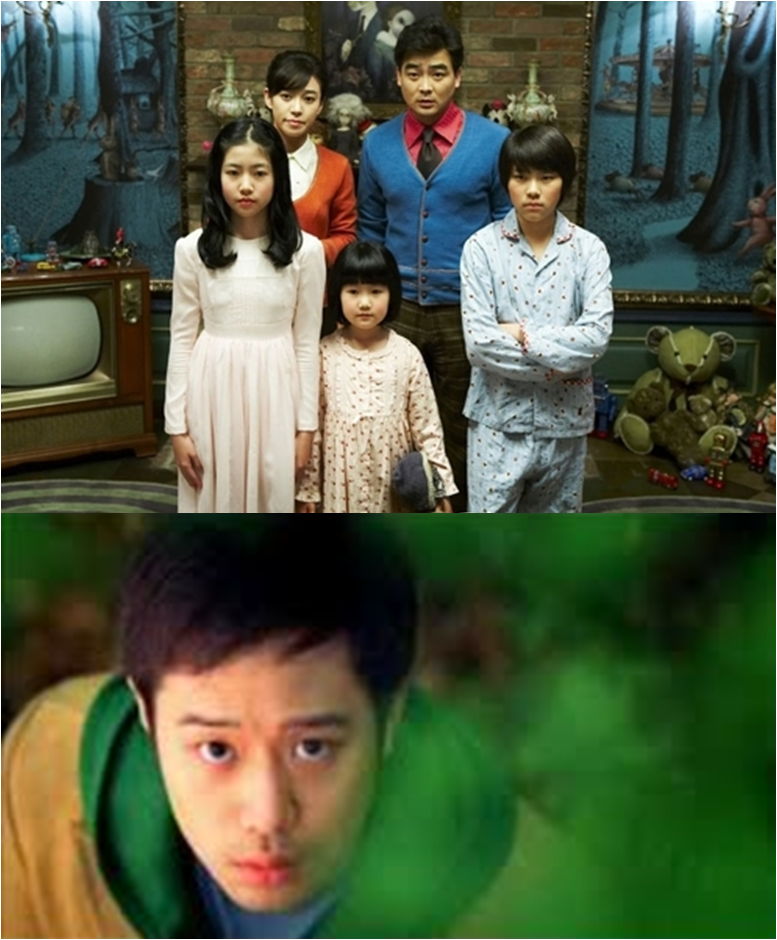Creating Tension and Keeping Them Hooked
Of Shawols and Star1's: How to Write Kpop Fanfictions that Rock.
Hansel and Gretel was an extremely tense movie that kept me
wanting to watch more. I desperately wanted to know how it ended!!
This is a more advanced concept, so stay with me and I'll try my best to explain.
Have you ever written a story where after the first five chapters or so, the whole project kind of fell flat? The cure for this is creating tension. Not only will that keep your readers on edge, but you'll want to continue writing because you want to know what happens, too.
6 Main Pillars of Tension
1. Back Story
Back story can be your best friend or your worst enemy. Many authors say that back story in a book is a bad thing, but it's actually not. In fact, if you don't know every single little detail about your character, you're making a mistake. THAT DOES NOT MEAN everyone else has to know this, though! In a real world, we don't know everything. Even if we think we do sometimes ^.~ but that doesn't mean it's not there.
The trick with back story is to keep your reader hungry. Don't explain everything at once. Leave a trail of bread crumbs and let the reader put the pieces together along the way. Trust your readers; they're smart!
2. Create an ACTIVE Setting
-DON'T list the description of the scene!!!!!! (Ex. The sky was gray. Leaves were on the ground. The wind whistled in my ears as I walked.) Put your reader IN the scene. You can do it with just a few sentences.
The trick to this is to put yourself in your character's head. You are not an author writing your character in a scene; you ARE your character. Now, what would that person notice? Use setting as a device to put them there; make sure they're not thinking "ooh, they're using scary words, so it must be a scary scene!"
In fact, make your reader a little uncomfortable.
3. Have Characters that Readers Struggle to Figure Out.
For example, if you've read the Hunger Games, you know that President Snow is a bad guy. But why does he carry roses and smell like roses?
-Break classic stereotypes!
For example:
-a scar on the face of a pretty girl
-Honest dimples of the villain
-The low scratchy voice of the man we're not sure we trust
- An honest person whose left eye twitches.
4. Foreshadowing
Thunder follows lightning. The way foreshadowing works is that when lightning strikes, when we get that first glimpse, we get tense until the thunder finally hits.
-Subtle foreshadowing provides the reader with a satisfying reveal
Don't use gimmiks. Meaning, if you have your character walk into a room with a gun on the table, the reader is going to get excited about the gun. If the character doesn't do anything with it, the reader will get frustrated. If there's a gun there, and there's emphasis put on it, the character better use it.
5. Keep the Stakes High!
Little known secret: the higher the stake, the easier it will be for you to write.
Consider these questions: What's at stake? What happens if your character fails?
Play into the reader's sympathies. The more sympathy the reader has, the more they will be making sure the main character wins.
For example:
There's a zombie attack. They're going after a healthy teenage boy.
That's good.
But what if it was a girl? Not to be ist, but girls generally generate a sense of helplessness, which creates more sympathy.
But.
What if it was a little kid?
The final conclusion to create ultimate tension would be to have the zombies going after a little girl.
-The Ticking Time Bomb Theory:
This is one of the most effective ways to have readers on the edge of their seats: have the protagonist working against the clock.
The only rule of this is that the clock must ALWAYS work in favor for the bad guy.
6. Conflict is King
Give your characters hard choices and gray areas.
Create lose-lose situations.
Your character must EARN the right to be called a hero or heroine.
Also use reversals; there should be a point near the end where it appears that the villain has won.
So the ultimate question is, how to you create suspense?
That's like asking how to make a cake; "what ingredients do I add? How do I mix it? What temperature do I bake it at?"
The right question is, how do you make your family hungry?
You make them wait hours for dinner.
Comments